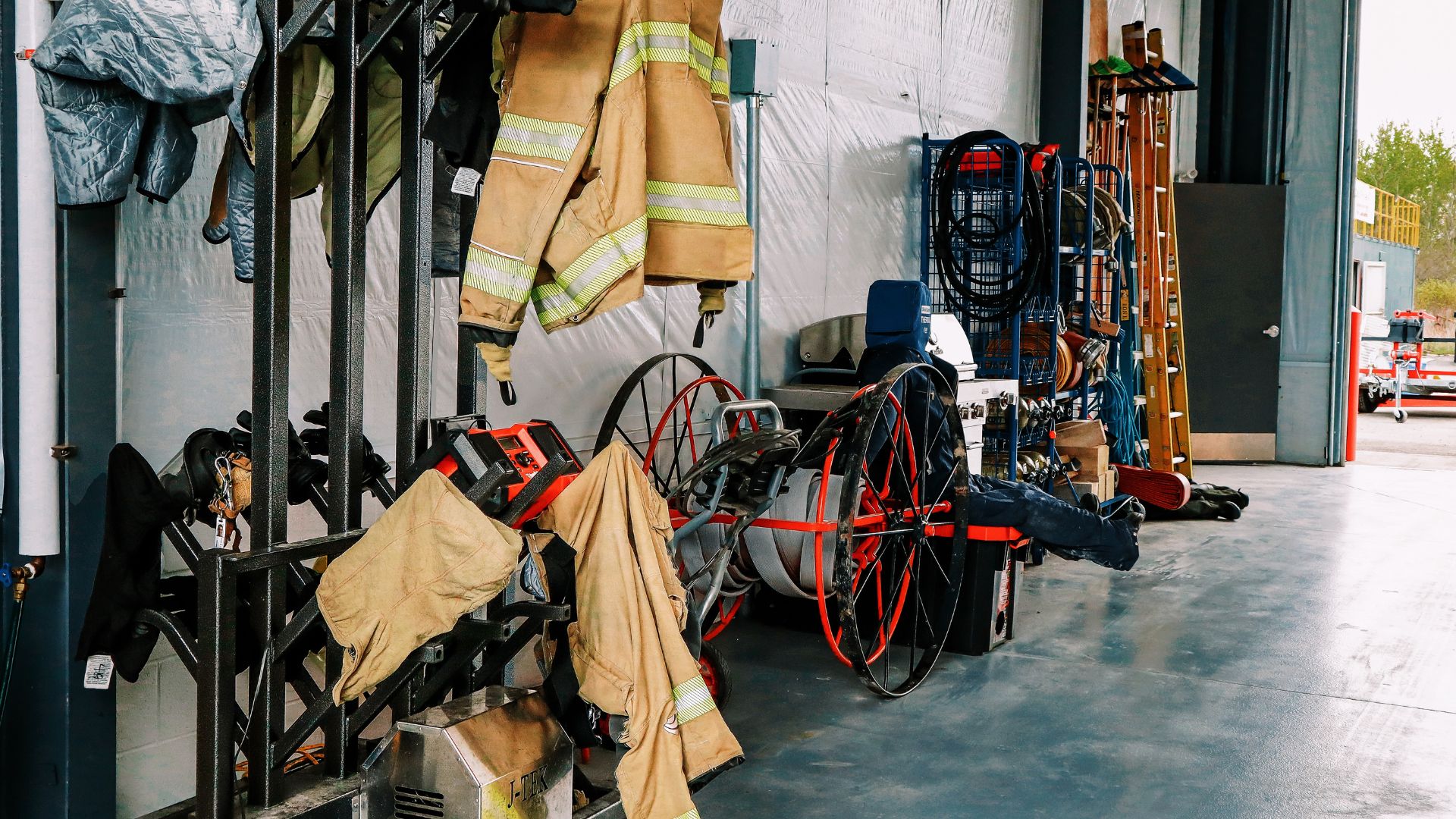Reducing the risk, New law extends cancer benefits to firefighters

POWELL — When a garage fire ignited in Powell in late May, firefighters rushed to the scene in their bunkers and fitted their personal protective equipment on scene, ready for any and all dangers to extinguish the fire. The volunteers didn’t know what was in the garage, but, if similar to most garages, it could have been filled with an assortment of dangerous chemicals, both stored on shelves and in the structure including building materials.
Firefighters don’t choose which fires to fight. They just fight.
Tee L. Guidotti, international consultant in occupational and environmental medicine, said it best: “They may be trained to manage these risks and to protect themselves, but the working environment cannot be made safe because they deal with situations that are inherently dangerous and may lose control. In the interests of society and as safety professionals, however, they essentially waive the right to refuse dangerous work and routinely accept the risk, like a soldier sent into battle to defend the country.”
Covered in burned insulation and soot, the volunteers eventually cleared the scene on Santa Fe Trail and returned their trucks to the station and removed their bunkers.
For the most part, they wear street clothes under their protective clothing. Then every volunteer returned to work or home.
But research shows that they are still carrying carcinogens with them in their clothes, absorbed in their skin, in their cars, at their work desks and in their homes.
The risks
Every first responder’s family members breathe a sigh of relief when their loved ones return home safely. But what the firefighters possibly bring home with them are carcinogenic particles.
“The biggest thing for me is my kids,” said firefighter Pete DiPilla, who attended Fire School in Riverton in January and took a class on the carcinogens firefighters face on the majority of their fire calls. “You know, I think about my girls going through the trucks during the July 4 parade or when I go hang the flag at the baseball field and my girls go with me.”
There was a time when melted face shields, dirty helmets and filthy bunkers were a badge of courage for the volunteers.
But when they hear the statistics of how many firefighters face cancer during and after their service, that badge isn’t quite so shiny anymore.
Carcinogens are found at every fire, whether a wildland or structure fire. According to the National Cancer Institute, soot is a byproduct of the incomplete burning of organic (carbon-containing) materials, such as wood, fuel oil, plastics and household refuse. The fine black or brown powder that makes up soot may contain a number of carcinogens, including arsenic, cadmium and chromium.
These particles find their way into firefighters’ personal protective equipment and onto their street clothes.
The harsh reality is that almost two-thirds of the firefighters battling fires today will be battling cancer in the future, according to the Firefighter Cancer Support Network, which sponsors nationwide training.
Thanks to the relatively new training, brought to the volunteers by firefighter Jeremy Decker, Powell volunteers now know the dangers of these chemicals and how to lower their risks.
New legislation
“It is, by this logic, ultimately in society’s interest to compensate for this risk because the work has to be done,” Guidotti said.
That help has arrived.
The Aaron Booker Firefighter Cancer Screening Act, effective July 1, represents a significant advancement in protecting firefighters’ health. It mandates that firefighters with at least 10 years of service in the industry may be entitled to undergo cancer screenings covered by workers’ compensation. It also states firefighters will be presumed to have been exposed to cancer causing agents during the course and scope of their employment.
The initial bill was presented by Rep. Landon Brown (R-Cheyenne).
It was named after his friend Aaron Booker for his great fight against firefighter-related cancer.
Booker went in for a colonoscopy. It was negative. Nine months later he started having terrible diarrhea and blood in his stool. When he told his doctor he needed to have another colonoscopy, his doctor informed him his insurance only paid for one per year. So he waited 306 days, then went in.
This time, all his doctor could say was he was sorry, but his body was riddled with cancer and it was too late.
This law encompasses all categories of firefighters, whether employed by municipalities, volunteer organizations or private entities. It recognizes the inherent occupational risks firefighters face and presumes that their exposure to various carcinogens during duty may lead to cancer.
“It’s open. It’s between the claimant, the firefighter, and their health care provider, on what’s best for them,” said Wyoming Workers Compensation Claims Analyst Jennifer Lohrenz.
Lohrenz met with fire department personnel to explain the effects of the new law and answer several questions for the squad.
The fiscal impact, in the form of a revenue increase to the Worker’s Compensation Fund, is estimated at $2,294,820, annually. The law immediately affected 1,159 firefighters, who are now eligible for workers’ compensation awards under the act.
Importantly, the legislation ensures that including these screenings in workers’ compensation benefits does not negatively impact employers’ experience ratings.
It underscores a commitment to prioritizing the health and wellbeing of firefighters, acknowledging their dedication and sacrifices in ensuring public safety.
Even after retirement, firefighters can avail themselves of these screenings for a period of up to 10 years, acknowledging the potential latency of cancer development.
Rep. David Northrup (RPowell) attended the meeting Monday night and supported the act.
“Let’s not let a once-a-year limitation become the limitation,” he said. “If the doctor says you ought to do that, go get it done.”
This story was published on July 25, 2024.








